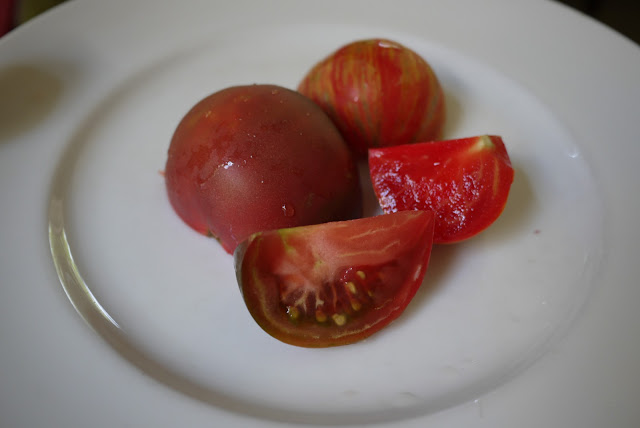This is a really simple and delicious recipe for black beans and rice. The key is to buy dried black beans and soak them overnight. This will ensure that you get the best possible taste from the black beans.
Ingredients:
1 cup dried black beans(soak overnight with ample amount of water)
3/4 cup brown basmati rice(any other rice would work too)
Olive oil(4 tablespoons)
1 medium onion
4 cloves of garlic
Water 1.5 cups
1 teaspoon coarsely ground cumin
1/2 teaspoon cayenne or any red pepper
1/2 teaspoon black pepper(coarsely ground)
1 teaspoon salt
Black beans dried
Black beans, soaked overnight and strained
Heat the pressure cooker along with the oil at medium heat, add the cumin to the oil when the oil is hot enough such that the cumin sizzles. Add the finely chopped garlic, and stir for a minute or two. Finally add the chopped onions and sauté until the onions are brown, 6 to 8 minutes, or longer depending on how much water is in the onions. Add the rice first and sauté for a few minutes along with the remaining spices. Finally add the beans.
Add 1.5 cup of water and raise the heat, bring pressure to first ring on the Kuhn Rikon Duromatic pressure cooker. Reduce the heat and cook for 25 minutes. Turn off the heat and let the pressure drop naturally.
Enjoy!


























